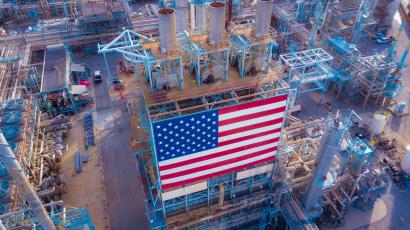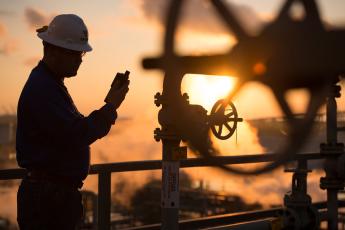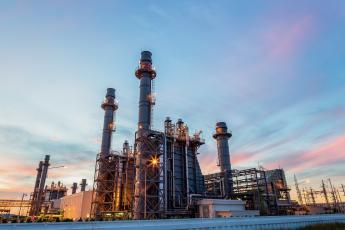The Energy Information Administration today released figures that give everyone in the industry reason to cheer: U.S. energy-related carbon dioxide emissions in 2015 are 12% below their 2005 levels.
For some, this is vindication that tighter government regulations are working. But for those of us that know better, this decline is principally down to the rapid growth in hydraulic fracturing across the country. The logic here is simple: increased hydraulic fracturing has been the driving force behind the falling price of natural gas, which in turn has spurred the switch to this cleaner fuel.
In the summer of 2008, before the hydraulic fracturing revolution really took off, gas prices stood at $12.69 per million Btu. As of March this year, that price had fallen to just $1.73. But that's not the best part. The great thing about hydraulic fracturing is that it lowers CO2 emissions at a lower final cost to consumers - something other low-carbon technologies (spurred by renewables mandates) cannot claim.
Almost inevitably, as soon as U.S. industry seizes on a home-grown success, there are reports of others that want to regulate hydraulic fracturing (and all the societal benefits it brings) out of existence. The Natural Resources Defense Council and others recently filed a federal lawsuit against U.S. EPA, alleging that the agency has not done enough to regulate it - using arguments about drinking water that have been thoroughly debunked by EPA itself, among others.
Time will tell if NRDC gets its wish and consigns hydraulic fracturing to the same cheap energy scrapheap as coal, but the facts are settled on this: hydraulic fracturing has helped reduce not only energy-related CO2 emissions but also energy and fuel prices. For those of us which like the lower cost of living, we can thank the low-cost energy we derive from hydraulic fracturing.


